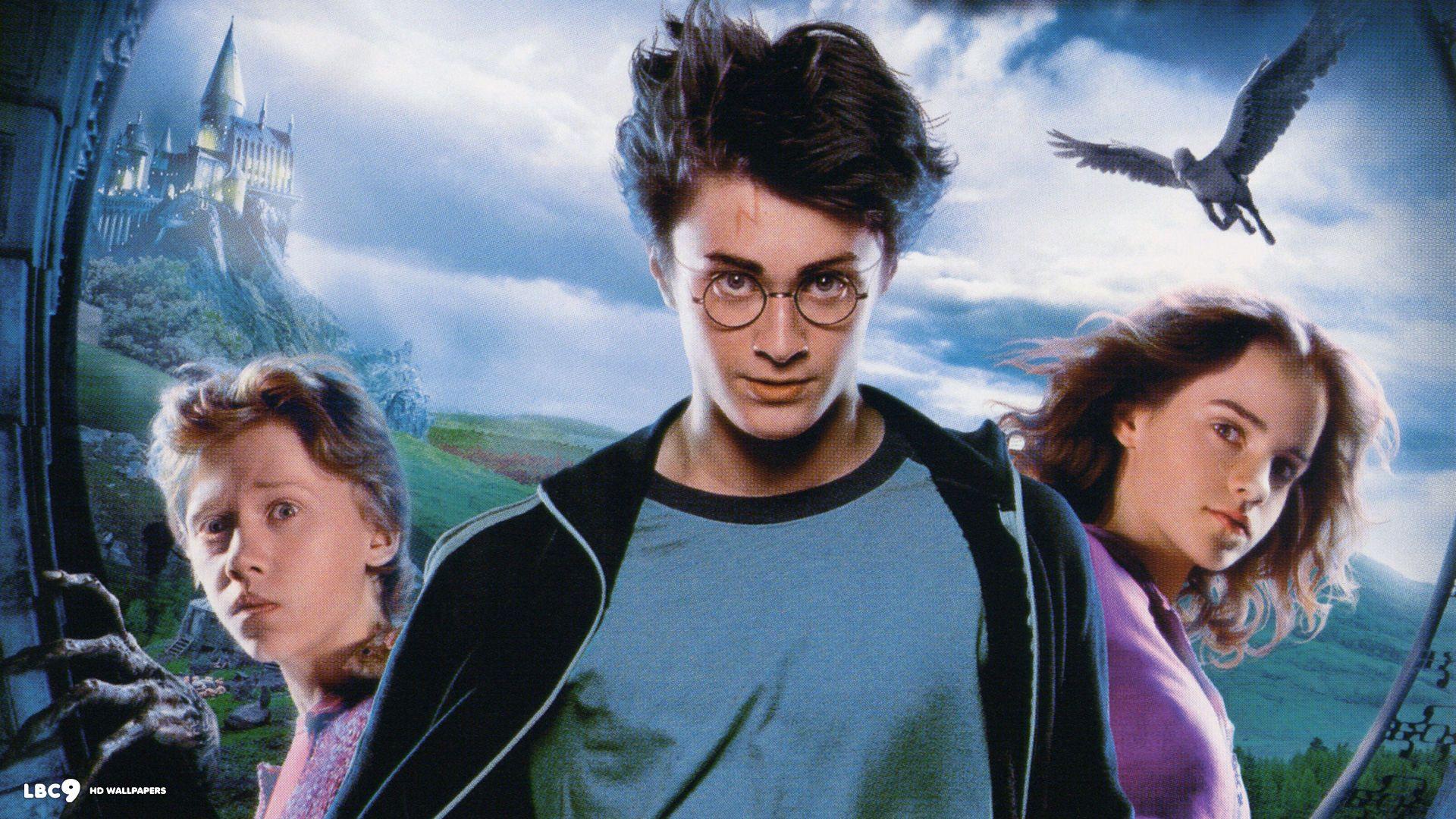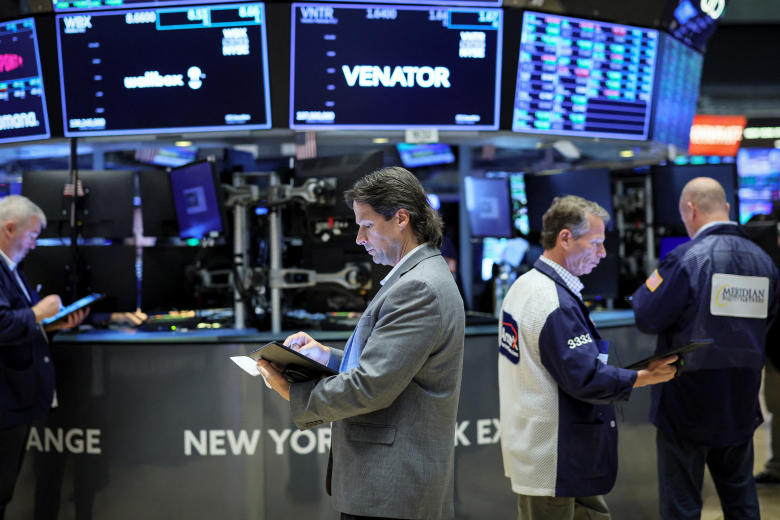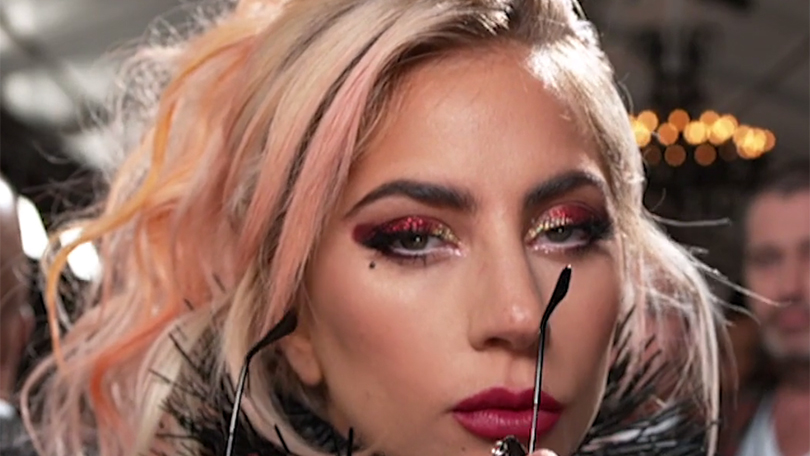Harry Potter And The Prisoner Of Azkaban: Understanding The Directorial Shift

Table of Contents
Alfonso Cuarón's Vision: A Departure from the Previous Films
The Harry Potter and the Prisoner of Azkaban directorial shift began with the arrival of Alfonso Cuarón. Replacing Chris Columbus, Cuarón brought a distinct directorial style that fundamentally altered the series' cinematic identity. Columbus's films, while charming, leaned heavily into a whimsical, child-friendly aesthetic. Cuarón, however, injected a darker, more mature tone, prioritizing psychological depth and character development over simple spectacle. His approach resonated deeply with the source material's growing complexity.
- More mature and nuanced portrayal of characters: Cuarón delved into the emotional complexities of Harry, Ron, and Hermione, showcasing their vulnerabilities and insecurities alongside their courage and resilience. This contrasted sharply with the more idealized portrayals in the previous films.
- Increased emphasis on visual storytelling and atmosphere: Cuarón’s direction relied less on exposition and more on visual cues to convey information and emotion, creating a more immersive and suspenseful experience.
- Incorporation of more complex themes: Themes of loss, betrayal, prejudice, and the struggle against injustice were explored with greater depth and nuance, reflecting the maturing themes of the books.
- A grittier, less whimsical aesthetic: The film's visual style moved away from the bright, fantastical look of the previous films, opting for a more realistic and grounded aesthetic, enhancing the darker, more mature themes.
A Change in Cinematography and Visual Style
The Harry Potter and the Prisoner of Azkaban directorial shift was profoundly evident in the film's cinematography. The visual language shifted dramatically, moving away from the static shots and bright colors of the previous films. Cuarón's use of camerawork and lighting created a unique atmosphere.
- Steadicam shots for a more immersive experience: The use of Steadicam shots created a sense of immediacy and immersion, drawing viewers into the world and the characters' experiences.
- Use of shadow and lighting to create atmosphere: Strategic use of shadow and lighting contributed significantly to the film's darker, more mysterious tone, emphasizing the suspenseful narrative.
- More realistic and less overtly "magical" visual effects: While still maintaining the magic, the special effects were more integrated into the environment, feeling less artificial and more believable.
- Focus on natural lighting and outdoor settings: Cuarón's preference for natural lighting and outdoor locations further enhanced the film's realism and grounded feel, differentiating it from the more studio-bound feel of the earlier installments.
Impact on Character Development and Narrative Structure
Cuarón's influence extended beyond visual style, profoundly impacting the character arcs and narrative structure. The Harry Potter and the Prisoner of Azkaban directorial shift ushered in a new era of character development.
- Deeper exploration of Harry's emotional turmoil and self-discovery: The film delved into Harry's emotional struggles, showcasing his vulnerability and his journey of self-discovery in a way unseen in the previous films.
- Development of more mature relationships between the trio: The relationships between Harry, Ron, and Hermione became more complex and nuanced, reflecting the growth and challenges faced by teenagers.
- More subtle and nuanced portrayal of the supporting characters: Supporting characters were given more depth and dimension, contributing to the film's overall richness and complexity.
- A more suspenseful and mystery-driven plot structure: The narrative became more intricate and suspenseful, incorporating elements of mystery and intrigue that heightened the overall cinematic experience.
The Lasting Influence on the Harry Potter Film Series
The impact of the Harry Potter and the Prisoner of Azkaban directorial shift reverberated throughout the rest of the series. Cuarón's stylistic choices and narrative approach set a new precedent.
- A darker, more complex tone established as the standard for the later films: The mature themes and darker tone of Prisoner of Azkaban became the foundation for subsequent films, establishing a more sophisticated and emotionally resonant cinematic experience.
- The influence on cinematography and visual storytelling throughout the series: The use of Steadicam shots, dynamic camera movements, and atmospheric lighting became hallmarks of the later films, demonstrating a lasting influence on the series' visual language.
- The impact on character development and narrative depth in subsequent installments: The approach to character development and narrative complexity established in Prisoner of Azkaban became a model for the later films, leading to richer and more emotionally engaging storylines.
- Shift in the balance between childlike wonder and mature themes: The film successfully balanced the childlike wonder of the magical world with the more mature and complex themes of adolescence and coming-of-age, setting the stage for a more nuanced and mature exploration of these themes in future installments.
Conclusion
The Harry Potter and the Prisoner of Azkaban directorial shift stands as a pivotal moment in the franchise's cinematic history. Alfonso Cuarón's vision brought a new level of maturity, depth, and visual sophistication to the series, leaving an indelible mark on the tone and style of the films that followed. Understanding this Harry Potter and the Prisoner of Azkaban directorial shift is key to appreciating the evolution of the entire series. To further explore this fascinating transformation, research other analyses of Cuarón's contributions and compare his techniques to those of other Harry Potter directors. Delve deeper into the Harry Potter and the Prisoner of Azkaban directorial shift and its impact on the magical world.

Featured Posts
-
 Bhth Tezyz Alteawn Altjary Byn Alsewdyt Wadhrbyjan
May 03, 2025
Bhth Tezyz Alteawn Altjary Byn Alsewdyt Wadhrbyjan
May 03, 2025 -
 Time For A Change Rupert Lowes Leadership Bid For Reform
May 03, 2025
Time For A Change Rupert Lowes Leadership Bid For Reform
May 03, 2025 -
 Are High Stock Valuations A Worry Bof As Take
May 03, 2025
Are High Stock Valuations A Worry Bof As Take
May 03, 2025 -
 Exclusive Tesla Board Launches Search For New Ceo
May 03, 2025
Exclusive Tesla Board Launches Search For New Ceo
May 03, 2025 -
 Glastonbury Festival 2025 Dont Miss Out Resale Tickets
May 03, 2025
Glastonbury Festival 2025 Dont Miss Out Resale Tickets
May 03, 2025
